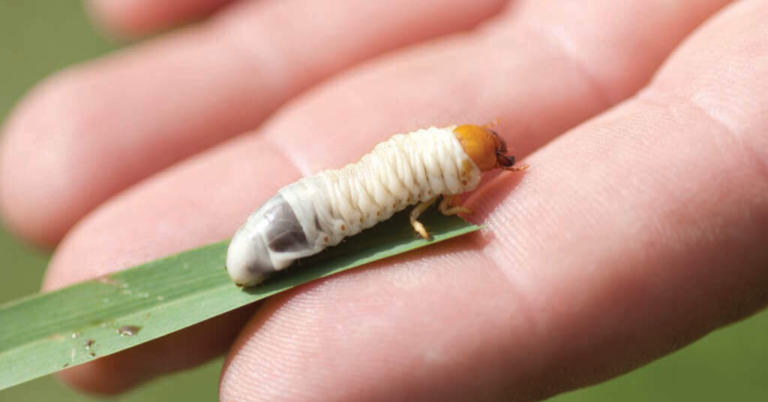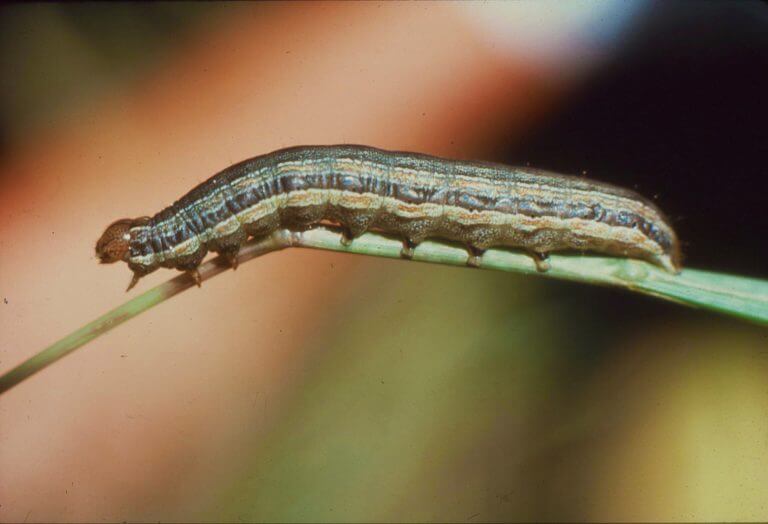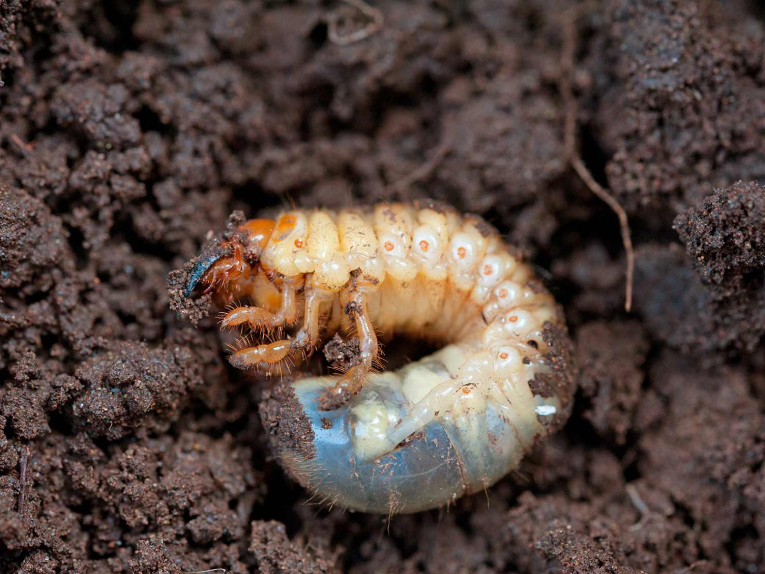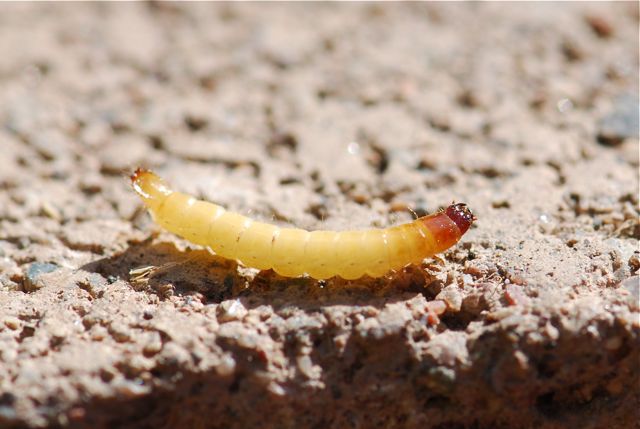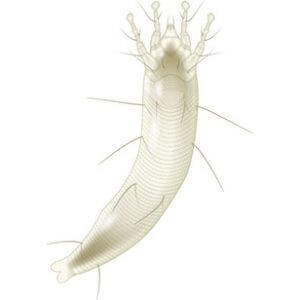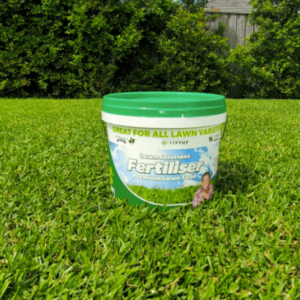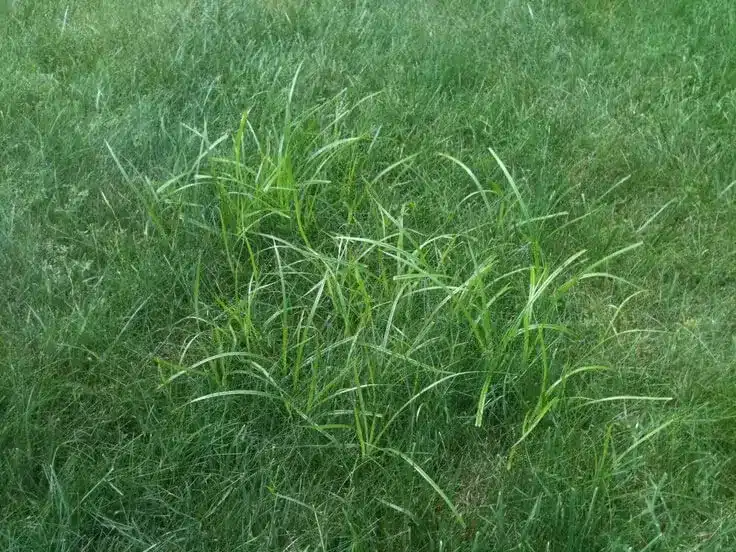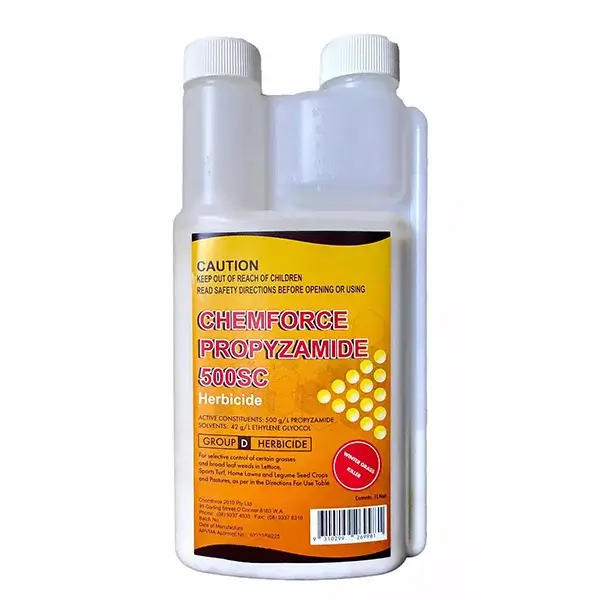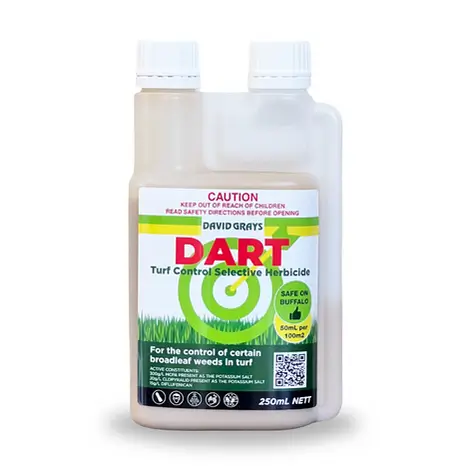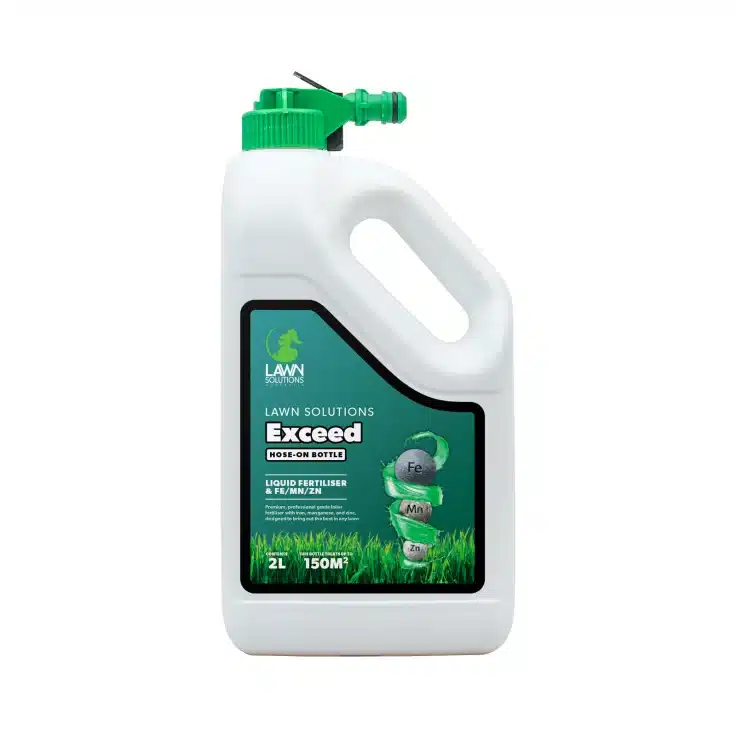Lawn grubs are nasty pests commonly found in Australian lawns. Depending on the species, they can cause a lot of damage to your grass.
Lawn grubs are more prevalent during the warmer months, as they emerge from the soil after they’ve hatched. When this happens, the grubs feed on the grass roots and soil matter, causing parts of the grass to die.
Luckily, there are a couple of ways to keep your lawn healthy and free from pests.
If your lawn is under attack, it helps to first identify the lawn pest you’re dealing with. From there, you can apply the proper pest treatment methods.
Common lawn pests
Learning how to identify lawn pests can help you to control them. In Victoria, common lawn pests include grubs and grub species including armyworms, cockchafers and other root-feeding larvae and surface dwelling grubs.
Lawn grubs hatch from eggs that have been laid just under the surface of your lawn. Once hatched, they will feed on the lawn roots until they turn into adult beetles or moths. The cycle will then continue, leading to further infestations and lawn damage if not controlled.
There are several ways you can identify lawn grub activity:
- Increased bird activity: Lawn grubs are a treat for birds, so if you notice an influx of bird activity on your lawn then it could indicate the presence of lawn grubs.
- Increased moth activity: Moths are adult larvae, and will lay their eggs on your lawn or garden beds. If you notice greyish-brown moths hovering over your garden in the early evening, then this could be a sign of surface dwelling grub infestation.
- Spongy grass: Since lawn grubs feed on the roots of your grass, a grub-infested lawn will result in a spongy texture and grass that can be pulled back like carpet.
- Brown, bare patches: The feeding of lawn grubs often result in small, irregular brown patches or bare spots in the lawn.
If you notice any of the above signs, a close inspection can uncover these common lawn pests:
Armyworms
Armyworms are caterpillar pests that are known to frequent lawns, pastures and cereal crops.
In southern Australia, there are three common species of armyworm. These pests are typically 2-40mm in length and have three prominent white or cream stripes down the back and sides of their bodies.
Damaging infestation or outbreaks can occur throughout winter, spring and summer. Telltale signs of an armyworm outbreak include small brown, bare spots in the lawn.
Cockchafers
The blackheaded pasture cockchafer is a native insect to south-eastern Australia including Tasmania. However, they’re mainly active in the Western District, Southern Wimmera, North-Central and Central districts, and North-East Gippsland.
Cockchafers are a common pest feeding on lawns, golf courses, pastures and parks. Adult cockchafers appear as a dark brown or black beetle with long, fine legs. They tend to curl into a ‘C’ shape when exposed or handled, owing to their nickname of ‘curl grubs’.
Wireworms
The wireworm is the larvae of a Click Beetle, and can cause damage to the roots and stems of your lawn.
The wireworm is orangey-brown in colour with a long slender body and three pairs of legs. The biggest sign you have a wireworm problem is dead leaves in your turfgrass.
Couch mites
These tiny pests can only be seen under a microscope. You’ll know you have a couch mite problem in your lawn when you notice yellowing and uneven growing patterns.
This mite commonly attacks couch grass (Bermuda) and Kikuyu varieties. Infestation often happens during spring. The mites sit at the base of the lawn stolons and suck out all the nutrients, resulting in dry, dead or thinning grass susceptible to weeds and further pests.
How to get rid of lawn grubs?
While some turf varieties are more resistant to lawn pests/grubs than others, there are pest control treatments you can use.
Do be warned though, getting rid of lawn grubs won’t guarantee that they will stop returning. The good news? You can stay on top of lawn grub infestations so that the grubs won’t get a chance to cause any significant damage to your lawn.
If you need to get rid of lawn grubs and pests in your lawn, here are our top two ways to go about it:
1. Lawn pest control/treatment products
A season-long insecticide product such as Acelepryn Granuals will control lawn grubs and caterpillars with just a single application.
At Coolabah Turf, we treat our lawn varieties with Acelepryn for effective pest control. It’s a non-toxic insecticide and can easily be applied using any turf fertiliser spreader. Simply follow the product instructions and you’re good to go!
Acelepryn will protect your lawn from a wide range of pests including African Black Beetle, Argentinian Scarab, Billbugs and several species of caterpillars including Cutworm, Sod Webworm and Lawn Armyworm. It’s a great addition to your lawn care program and will be your first line of defense against lawn grubs and pests.
2. Lawn care
Proper lawn maintenance is another foolproof way to stop lawn pests.
Using our Seasonal Lawn Care Guide, you can better control pests simply by keeping your lawn healthy.
Lawn grubs are a seasonal issue and, while a nuisance, are a natural part of life. Keeping on top of your lawn maintenance will help you to prevent damage from pests and insects and make it easier to notice any early signs of pest infestation.
As always, if you need guidance in pest control products or practices, contact us and a friendly staff member will be happy to help!
When to apply bug control for lawns
Lawn grubs are a seasonal issue, but are most prevalent from October through to March.
Unfortunately, these attacks can occur numerous times throughout the season. That’s why it’s important to act quickly when you know you have a lawn grub issue.
Make sure to keep an eye out for the signs of lawn grubs and apply treatment whenever the pests are active. Remember, common telltale signs of a lawn grub infestation include:
- Yellowing grass blades
- Small brown, bare spots
- Thinning
- Increased moth and bird activity
- Spongy grass texture
- Physical signs of larvae and caterpillars/grubs in lawn
If you’re using a product like Acelepryn, you can apply it as a pest preventative. Simply spread over your lawn in spring, and it will provide protection from grubs for up to six months.
Protect your lawn from grubs and pests
The warmer months are the peak invasion time for lawn grubs. While they are persistent, they can be treated and removed from your lawn with the right methods. Identifying common culprits and signs of pest damage is the first thing you can do to control lawn grubs. From there, regular lawn maintenance and timely pest treatment will keep them at bay and provide relief for your lawn.
It is important to note that some turf varieties are more susceptible to lawn grubs than others. Buffalo species such as Sir Walter DNA Certified are more tolerant to infestation and will self-repair faster than other grass types.
If you need help controlling pests in your lawn, contact us! We are happy to provide you with the right products and techniques to keep your lawn looking beautiful all year round.

